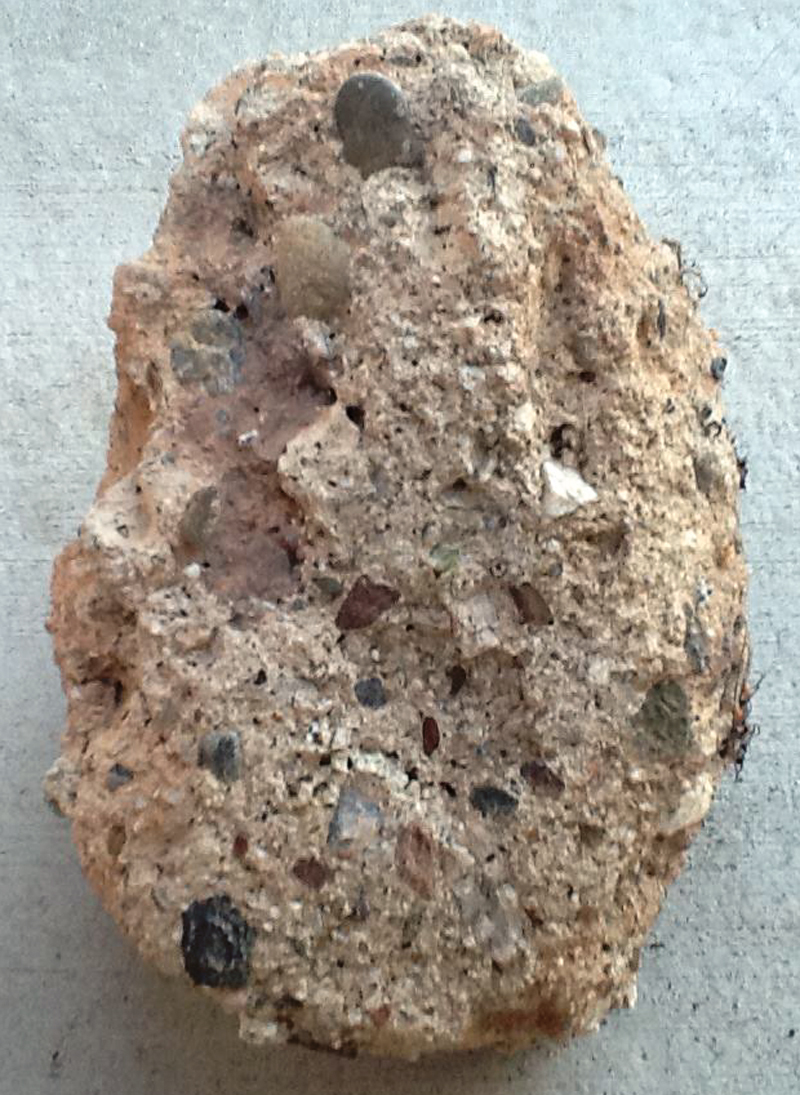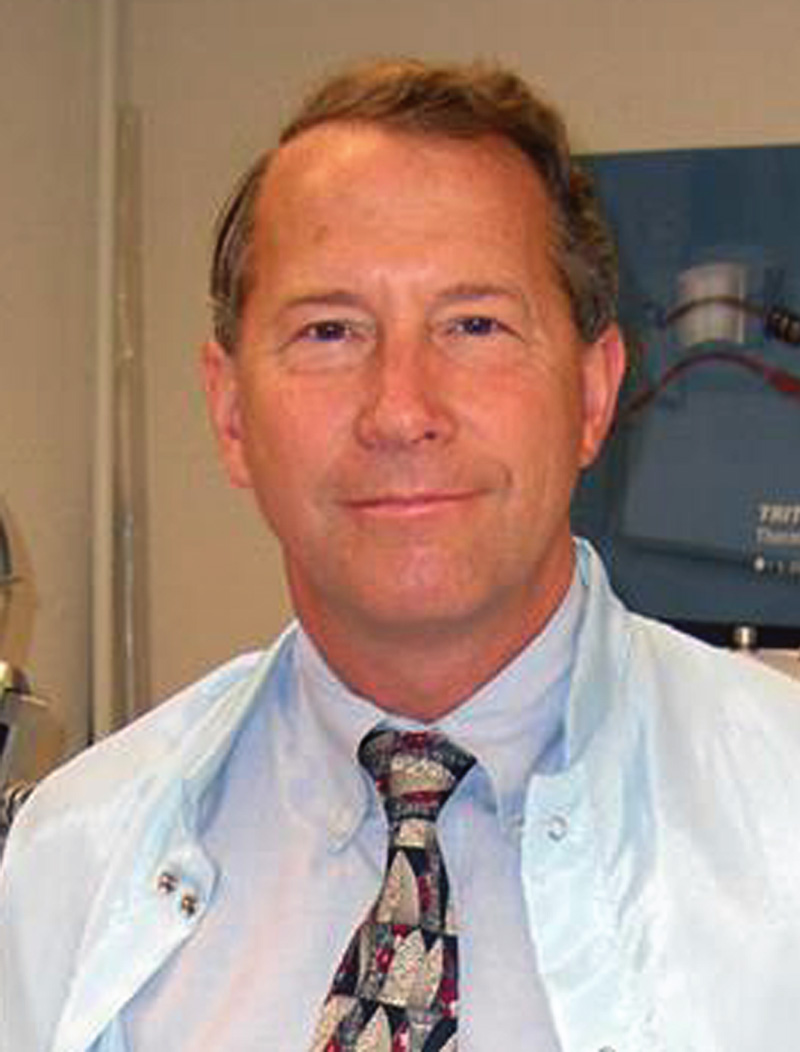|
|
|
Reopening the Books on the St. Francis Dam Disaster
Michigan researcher finds 'concrete' reasons for catastrophic failure. By Peggy Kelly Originally published in Santa Paula Times | June 12, 2009 | ||||
|
Foremost and officially, it was declared that a pesky mountain shoulder anchoring one wing of the St. Francis Dam had caused the second largest disaster in California history. After all, you can't argue with Mother Nature, who casually shrugged that mountain shoulder, causing the landslide, centuries in the making, but waiting for the perfect moment to arrive at 11:57:30 p.m. on March 12, 1928. For decades (and reaffirmed in the 1990s), the official reason the "build-it-quick-and-quietly" dam collapsed was the geology of remote San Francisquito Canyon. So as not to tarnish the reputation of the great engineer William Mulholland, the inherently poor design and additions to water capacity, which were unsupported by basic engineering principles, were glossed over. But mention was strongly made that a lack of project oversight by the Los Angeles water agency - or anybody else, for that matter - must never be replicated. The building of the St. Francis Dam began without fanfare. There was no golden-shovel groundbreaking, no flowery political speeches or heartfelt beseeching of a higher power to smile on the City of Angels. Rather, construction started with concealment more akin to burying a murder victim hastily. Ventura County only learned that an L.A. County dam was going up east of the Santa Clara River Valley once the pour of hundreds of thousands of tons of concrete was already in progress. Area ranchers feared losing their water to L.A. just as did their hapless Owens Valley counterparts, whose vital supply became the source of the Los Angeles Aqueduct. When completed by Mulholland in 1913, the aqueduct led to the creation of the San Fernando Valley - a slight shifting of priorities for the successful bond drive approved by oblivious L.A. voters. Aqueduct sabotage by Owens Valley ranchers began in earnest in 1924 when their lake started turning to dust. A manufactured drought was also highly reported, adding urgency to the construction of a new storage facility. Once they found out, outrage was heard from Santa Clara River Valley ranchers, and lawsuits were hastily filed. But all in all, they couldn't slow the scurry to store a year's worth of Los Angeles-bound water that was needed in case of aqueduct interruption. Rumors almost outpaced the river valley's agricultural production during dam construction, and some talk centered on the viability of the concrete itself. Nevertheless, after the disaster, such suspicions were quickly squashed by the numerous reports and hearings that dissected the tragedy and which were accomplished—like the dam construction - at breakneck speed. But over the years, the possibility that the concrete itself failed probably crossed the minds of those holding the crumbly, pockmarked remnants of the disaster in their own hands.
Tom McMullen had never held a piece of the tragedy, and hadn't actually heard of the St. Francis Dam Disaster—which wasn't uncommon for those living outside, or even inside, the Golden State. It was only when McMullen was working on his University of Maryland thesis, which examined the construction of Hoover Dam, that he stumbled across references to the local disaster. He learned it had occurred within days after the official declaration that the St. Francis Dam was filled. McMullen had no idea of the tragedy, no handy reference to the destruction of the Santa Clara River Valley as 12 billion-plus gallons of water, stored about 1,800 feet above sea level, burst forth into narrow San Francisquito Canyon. McMullen wasn't alone; very few knew then, or know now, about the disaster. The frantic waters, calming only when flooding a wider river valley nestled between two watchful mountain ranges, had been lost to history. Newspapers did not report that tons of debris - the bodies of as many as 1,000 men, women and children, cars, animals, trees, railroad tracks, houses, barns, earth, bridges, everything in its path - helped brake the deadly march of the dam waters. At 3:05 a.m. on March 13, when the waters reached Santa Paula, their initial 18-mph speed had slowed to 11.2 mph. It was a lazier trip now that much of the Santa Clara River Valley, which had been consumed in the flood's wake, was part of its essence. Finally, at 5:25 a.m., the flood and all it held spilled into the Pacific Ocean at a leisurely 5.9 mph. Although the St. Francis Dam Disaster's 54-mile trip was over, the watery journey of some flood victims continued until they washed ashore on beaches as far south as Baja, California. The initial hue and cry was finally stilled; after all, the region's largest newspaper, the Los Angeles Times, had ties to the growth that the water made possible. And as the decades passed, fewer and fewer Americans had an inkling of the tragedy. McMullen had an avid interest in the construction of the Hoover Dam, his master's thesis topic. Undoubtedly running a weak second in McMullen's initial thoughts, by the time he finished the paper, the St. Francis Dam got top billing. He submitted his paper, "The Saint Francis Dam Collapse and Its Impact on the Construction of the Hoover Dam," in 2004. It wasn't until a few days before this year's 81st anniversary of the disaster that McMullen was finally asked about it. "I was doing my civil engineering master's and was reading up on dams. A great story the Hoover Dam construction," McMullen said in a March telephone interview. McMullen, now director of the University of Maryland's College of Computer, Math and Physical Science, said when he initially saw references to the St. Francis, "It piqued my interest. I found it very interesting, from a project management" point of view. The more he studied the disaster, the more McMullen found himself "surprised at the number of things" that pointed away from the widely accepted "soft-shoulder-did-it" theory. He was, likewise, nagged by inexplicable construction issues. Of particular interest to McMullen was the shoddy official state report on the St. Francis Dam collapse, housed in the archives of the University of New Mexico. California Gov. C. C. Young had ordered the report, to be compiled by a team of four engineers and two geologists from California, headed by engineer A. J. Wiley of Boise, Idaho. The governor's instructions to the commission emphasized the importance of stored water to the state's growth and pointed out that dams holding California's future must be made safe for the people living below them. "All this," instructed the governor, "is both elemental and fundamental." The commission first met March 19, seven days after the collapse. McMullen found that the commission completed the report in just five days, before the disaster was even two weeks old. Accompanying the 13 pages of engineering team-written material were two pages each of Gov. Young's letters and rock and concrete tests, as well as 31 pictures and maps of visual filler. Not surprisingly to McMullen, the report concluded the failure was due to defective foundations, and there was nothing to indicate the accepted theory of concrete gravity dam design was in error when built upon even ordinary bedrock. Most importantly to McMullen, the report noted that water storage - so vital a California resource - must and would hereafter be subject to the police powers of the state. "That the conclusion of the 'Report of the Commission' mirrored the tone (of the governor's instructions) did not surprise me," McMullen wrote. However, the researcher found that many important details in the report "didn't seem to be factored into (or even acknowledged in) the conclusions." Glossed over were details such as the "unimportant" leaks through the main structure and wing wall; a discrepancy in foundation depths; the lack of an entire dam drainage system to relieve uplift pressure; and the lack of grouting. The concrete itself, McMullen noted, was "immediately excluded from having played a part in the disaster." Geology of the dam site was what most concerned the commission, which used nearly 40 percent of the report to focus on the canyon walls and streambed. Defective foundations were what brought down the St. Francis Dam, the commission concluded, and before the year was out, Wiley, the commission chair, applied for Mulholland's vacated leadership of the city's water agency. About 75 more years would elapse before McMullen zeroed in on the inferior concrete and the shoddy construction as the culprits that "eventually caused in my opinion the failure." If the concrete itself had been a "of a better quality," McMullen believes the dam "would not have fallen apart as it did." "It was so filled with fractures," he wrote, that the 175,000 cubic yards of concrete simply broke apart under the pressure of the water that snaked through the fissures and swirled amid varying shapes and sizes of dredged stream rock, delicately suspended in worrisome air pockets. The lack of proper curing, and the quality of the pour work itself, were a recipe for disaster, or rather for the "catastrophic failure" which must at least have been suspected by those in charge before the St. Francis Dam was even 60 percent filled, McMullen said. McMullen set out to prove the cause of the St. Francis Dam collapse was more concrete than initially verified, metaphorically as well as literally.
Peggy Kelly of Santa Paula is an award-winning freelance writer, humorist and sought-after Master of Ceremonies. In 2018 she became the owner of the Santa Paula Times newspaper. The working title of Peggy's forthcoming book is "Thornton's Wild Ride! The True, Untold and Unbelievable Story of the Hero of the St. Francis Dam Disaster." |
1) St. Francis Dam: Forgotten, With Purpose 2) Reopening the Books on the St. Francis Dam Disaster 3) St. Francis Dam Construction Records Missing 4) Dam Disaster Whitewash Preserves Mulholland Legend 5) Failing St. Francis: Water Pressure or Political Pressure? • Thornton Edwards, Hero of the St. Francis Dam Disaster
|
The site owner makes no assertions as to ownership of any original copyrights to digitized images. However, these images are intended for Personal or Research use only. Any other kind of use, including but not limited to commercial or scholarly publication in any medium or format, public exhibition, or use online or in a web site, may be subject to additional restrictions including but not limited to the copyrights held by parties other than the site owner. USERS ARE SOLELY RESPONSIBLE for determining the existence of such rights and for obtaining any permissions and/or paying associated fees necessary for the proposed use.

